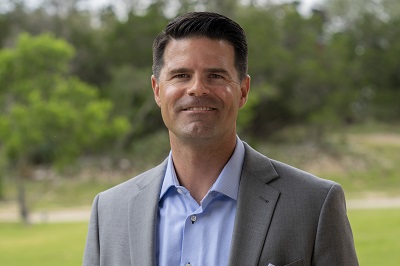 The concept of Continuous Improvement (CI) is often discussed between business partners, but the real results of collaborative CI initiatives may not always live up to expectations. To get exceptional results, a special, committed environment has to exist. Ruan's Vice President of Operations Ryan Frederiksen answers three questions detailing how Ruan works with our partners to achieve CI goals.
The concept of Continuous Improvement (CI) is often discussed between business partners, but the real results of collaborative CI initiatives may not always live up to expectations. To get exceptional results, a special, committed environment has to exist. Ruan's Vice President of Operations Ryan Frederiksen answers three questions detailing how Ruan works with our partners to achieve CI goals.
How can a 3PL affect continuous improvement of their partners’ supply chains?
Ruan’s approach to effective continuous improvement (CI) is centered around creating value within our partners’ businesses. CI begins with a clear understanding of each unique supply chain and baseline performance measures. Although tools and techniques vary, the first steps involve analyzing supply chain data, applying proven best practices, and altering the supply chain process to incorporate the improvement. Measuring performance after implementing the process change determines the value created.
In some cases, value creation can be realized quickly, but often, CI takes patience, creativity, and a strong commitment to the cause. The desired technology doesn’t always exist, or there may be an operational or cultural shift needed before the proposed initiative can be put into practice. Eventually, improvements either become feasible to implement or the problem becomes obsolete.
What results have you achieved?
Together with our partners, Ruan teams achieve millions of dollars in hard savings each year. That work begins with collaborative, strategic planning to counterbalance potential instability of network changes, market variability, and global events that wreak havoc on supply chains. Evaluating improvements in network design, route optimization, and robotic process automation, for example, are ongoing and easily measurable initiatives due to the transactional natures of our partners’ supply chains.
We have solved partners’ challenges with creative equipment specifications that offer enhanced payload, safety, strength, accuracy, or efficiency qualities. Examples of equipment improvements include deploying high capacity super tankers for milk operations, robotic picking within warehouse operations, and pallet jacks with scales certified for trade within retail delivery environments. Generally, the benefits of these solutions generate at least a 10 percent improvement.
What is the key to a successful partner-provider CI program?
Collaboration is an obvious component to CI, but the most critical success factor is trust within the partnership. Trust enables the collaboration, providing the foundation for the team to try new things and explore highly complex “What if?” initiatives, which can produce value-creating improvements.
Partnerships with a high degree of trust are willing to try and fail together, in order to improve.
Trust is earned over time, and in many cases, Ruan quantifies the level of trust by the partnership’s longevity. Our dedication to creating value for our partners is consistent, however, whether they are just beginning to work with us or have been a partner for decades. We are intentional when choosing vendors and clients who desire a true business partnership and who will dedicate resources to CI that benefit all parties involved. Choose partnerships carefully, build trust, and be willing to fail as you succeed.
Are you looking for a 3PL partner that is committed to collaborative continuous improvement initiatives? Contact Ryan and team at Solutions@ruan.com.